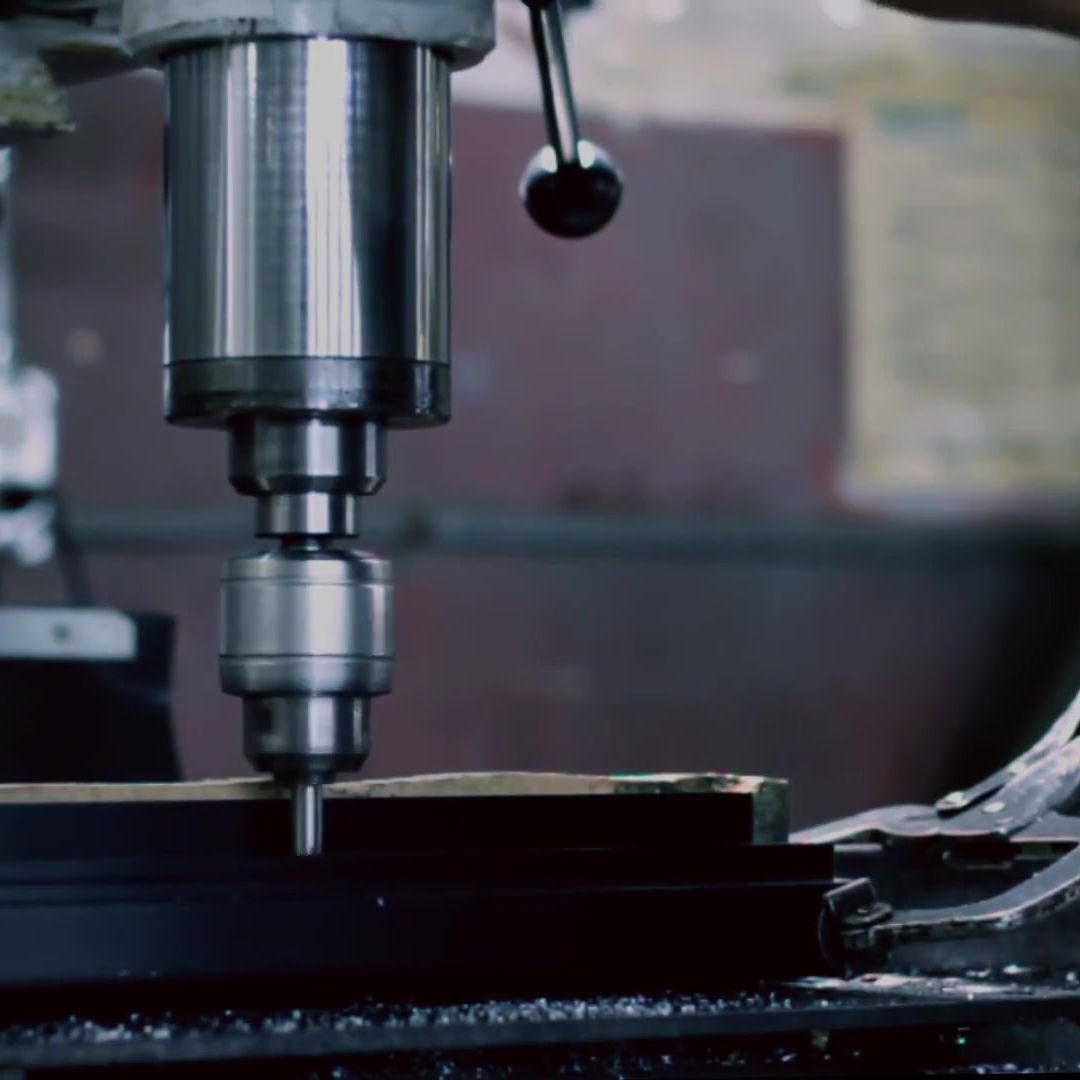
Who am I?
My name is Michael De Gregorio, Ph.D., PE. Here is a little bit about me.
I graduated from Lafayette College with a B.S. in Mechanical Engineering in May of 2005. Upon graduating, I worked at Picatinny Arsenal in New Jersey designing fuzes for mortar training rounds. During this time, I pursued my M.S. in Mechanical Engineering from Stevens Institute of Technology with a focus in thermo-fluids. I graduated in January of 2008 and decided to leave the work force and continue on toward my Ph.D. I completed my Ph.D. in Mechanical Engineering in July of 2013 from Arizona State University (ASU) with a focus in dynamics and control systems.
At ASU, I worked under the advisement of Dr. Veronica Santos in the Biomechatronics Lab. My research during this time focused on the characterization of the passive and active human hand reflexive response to unexpected rotational and translational perturbations while in a precision grip. My work involving the kinematics of grip response (geometry of the motion) to unexpected rotational perturbations of a grasped object involved adduction/abduction joints in addition to flexion/extension joints. This work lead to an investigation of the kinetic grip response (force response) to unexpected rotational perturbations and showed that a characteristic unimodal catch-up response is also elicited in response to unexpected rotational perturbations that induce conditions other than linear slip.
After finishing my Ph.D., I was employed as an Assistant Research Technologist at Arizona State University. During this time, I began a study (still on-going) that stemmed directly from my Ph.D. work and investigates the three dimensional translational and rotational stiffness of the human hand in precision grasp. An understanding of translational and rotational stiffness of the precision grip-object system could provide insights into the strengths and weaknesses of grasps implemented by anthropomorphic artificial hands.
I performed my Postdoctoral Research at Wake Forest University Baptist Medical Center in the Orthopedic Surgery Department with Dr. Kerry Danelson. My postdoctoral work has allowed me to gain knowledge about real world, clinical practices and included investigations of 1) common injury modes due to underblast (an IED exploding under a car); 2) the distribution of forces in the pelvis seen during a Total Hip Arthroplasty (THA); 3) the postural differences between children with and without adolescent idiopathic scoliosis (AIS) during activities of daily living (ADLs) using a DorsaVi wearable ViMove system; 4) the maximum lengthening achievable and the stress and strain of soft tissue during a metaphyseal and diaphyseal osteotomy; 5) the differences in compression across a fracture in the humerus between a lag and a standard screw technique at different screw angles; 6) The use of biofeedback as an augmentation to treatment for low back pain; and 7) the difference in force distribution due to differing suturing techniques during a rotator cuff tendon tear repair.
After my postdoctoral research, I was employed as a Case Engineer at BioRec in Tempe, AZ. In this capacity, I reconstructed automotive accidents and determined injury potential by utilizing the principles of energy, momentum, and restitution. Further, I was responsible for determining injury potential during slips, trips, and falls. This position involved applying dynamics and biomechanical principles to determine injury potential and mechanisms.
I have obtained SolidWorks Certifications and my Professional Engineers (PE) License in the State of Arizona.
I served as the Mechanical Engineering Area Chair at Grand Canyon University in Phoenix, AZ for two years before taking on my newest role as Assistant Dean of Engineering. I have taught ESG 455 (Dynamic Systems), STG 330 (Thermodynamics), ESG 250 (Computer Aided Engineering), and ESG 360 (Statics and Dynamics). Students are encouraged to follow me on twitter @DrDGCU and to join my discord. I was named an Engineering Unleashed Fellow in 2022 for my work in incorporating Problem Solving Studio Modules into my classroom.

EDUCATION
RESEARCH INTERESTS
Hand Biomechanics
Clinical Biomechanics
Human Movement
Sport Biomechanics
Multi Digit Coordination
Grasp and Manipulation
Injury Potential
Orthopaedics
2013
Arizona State University
Ph.D. Mechanical Engineering
2008
Stevens Institute of Technology
M.S. Mechanical Engineering
2005
Lafayette College
B.S. Mechanical Engineering
